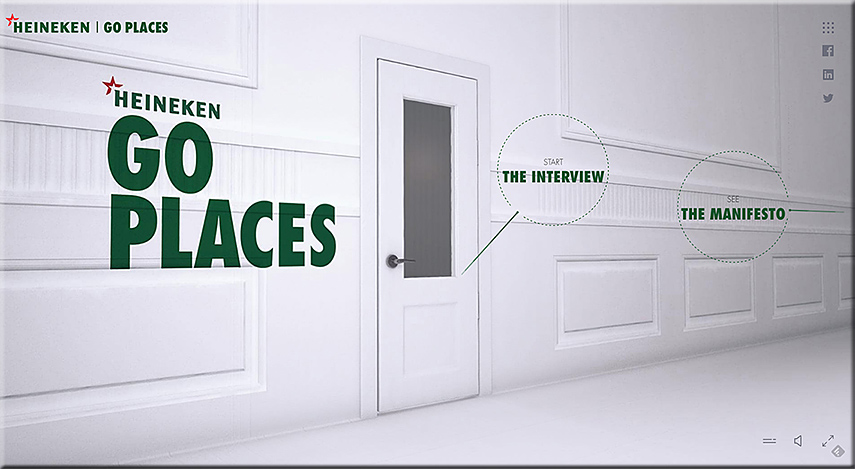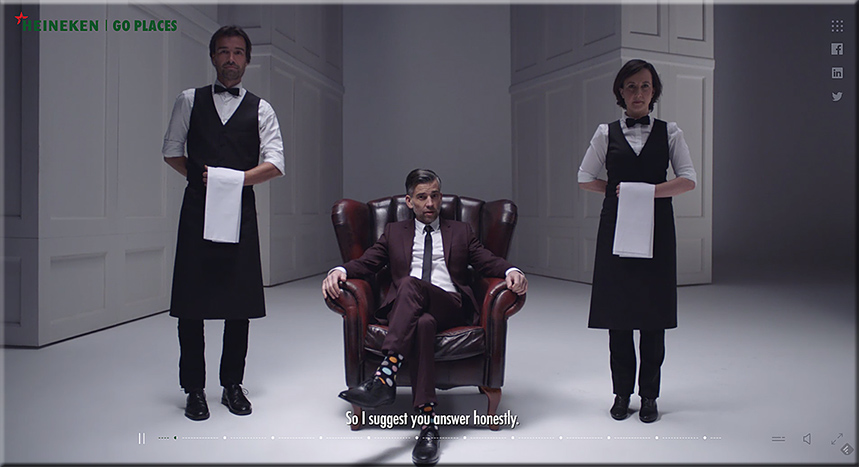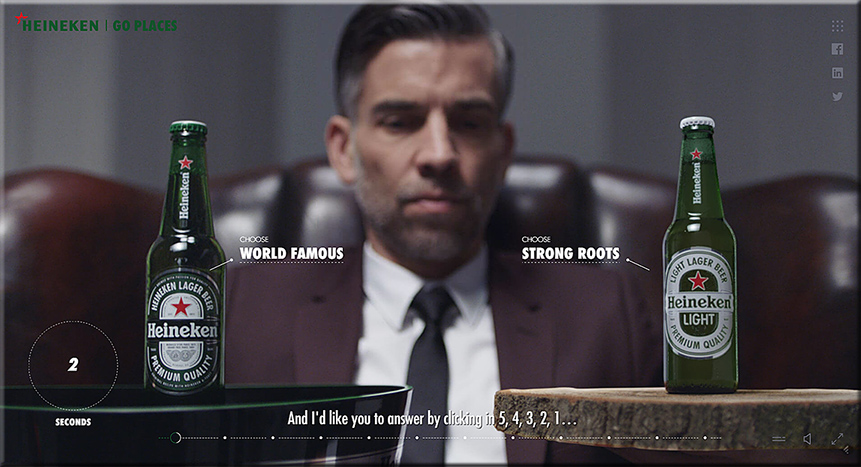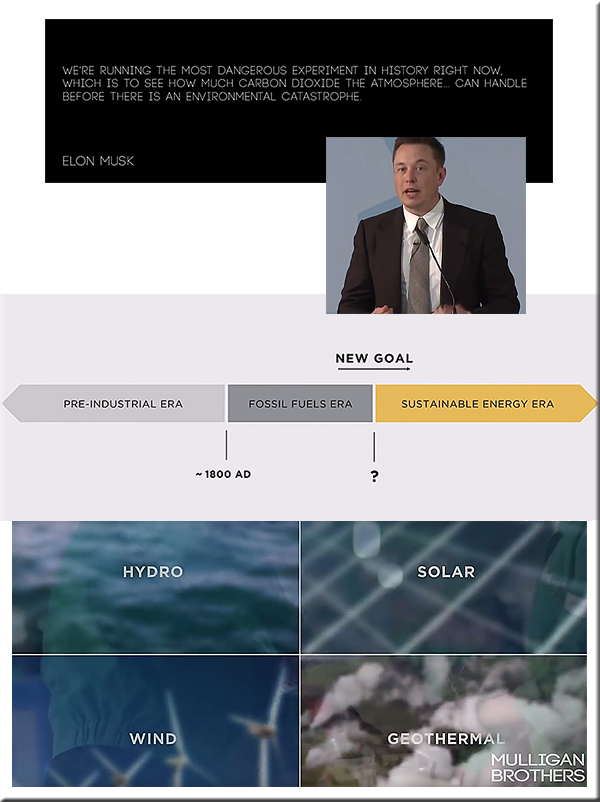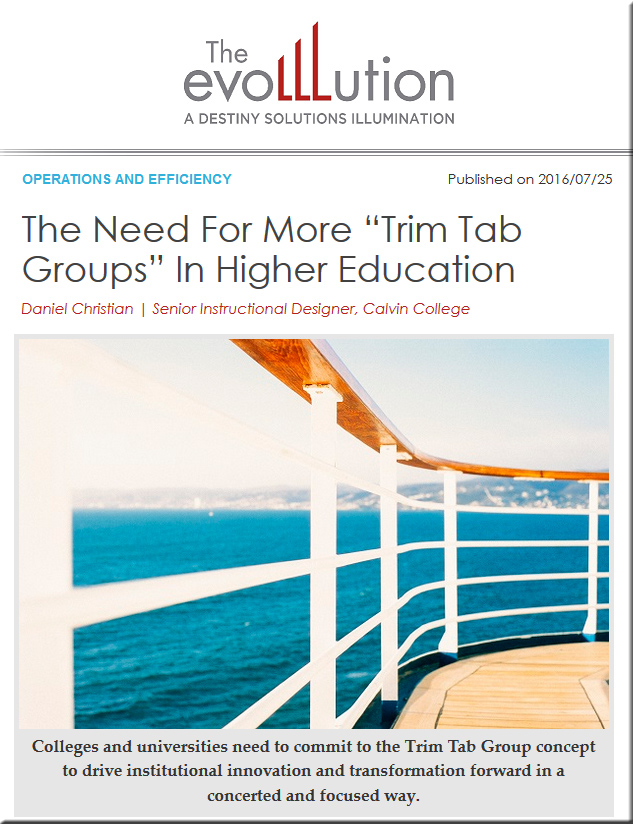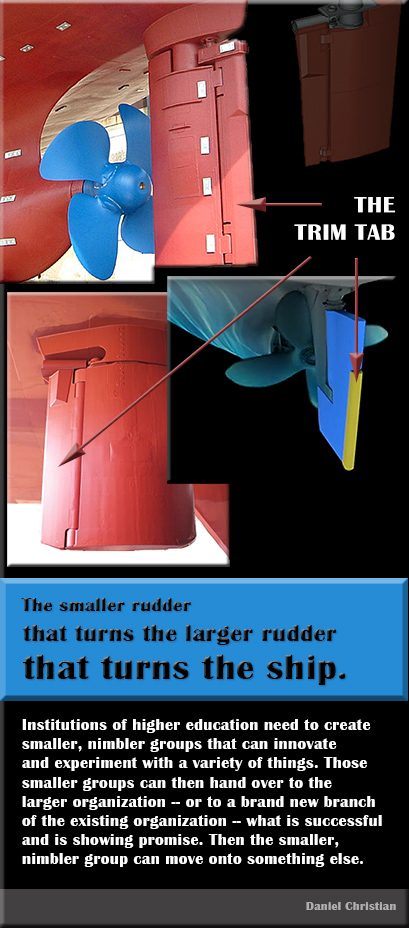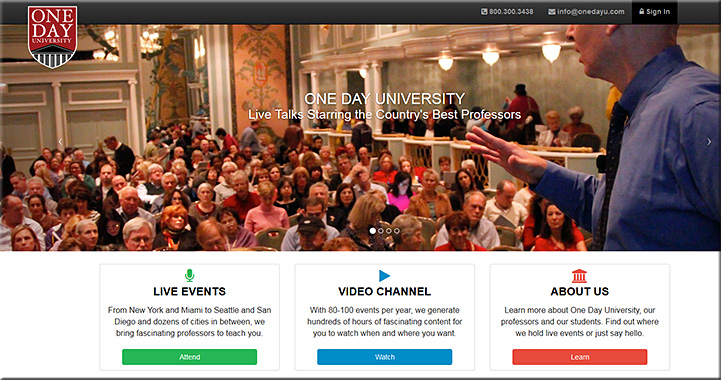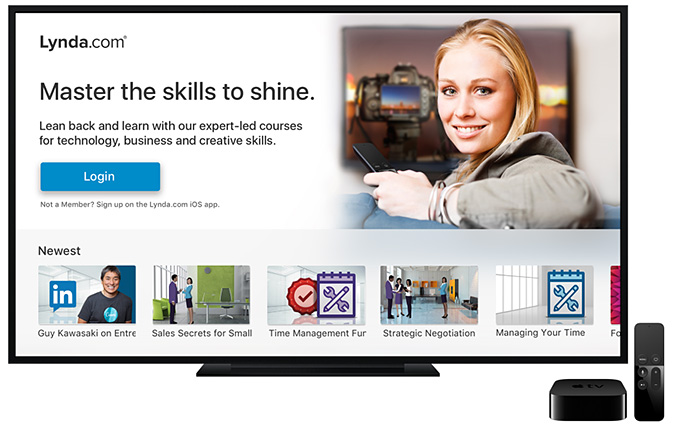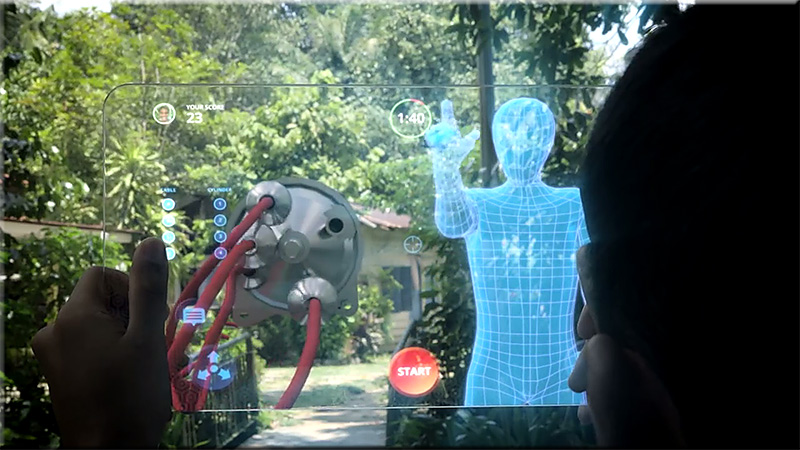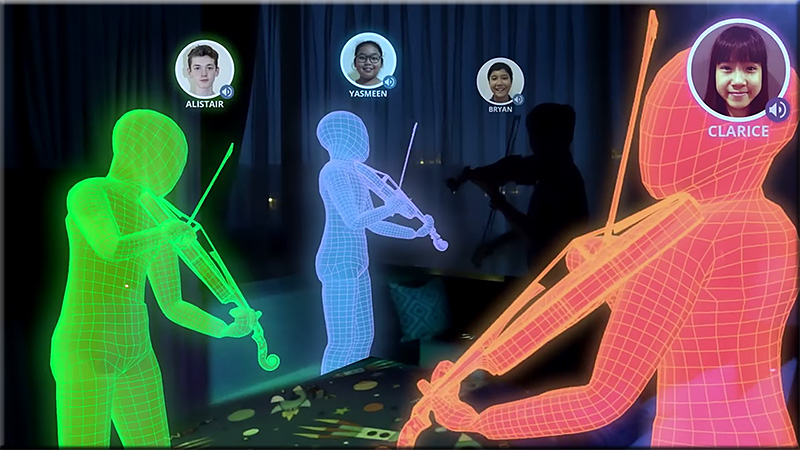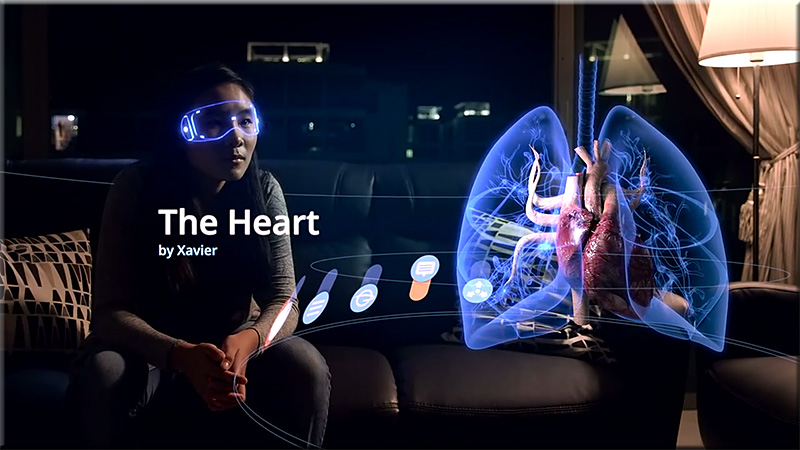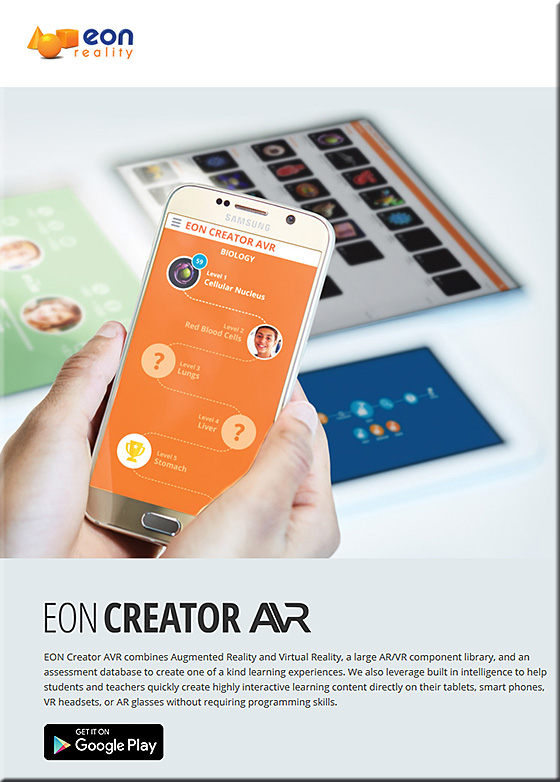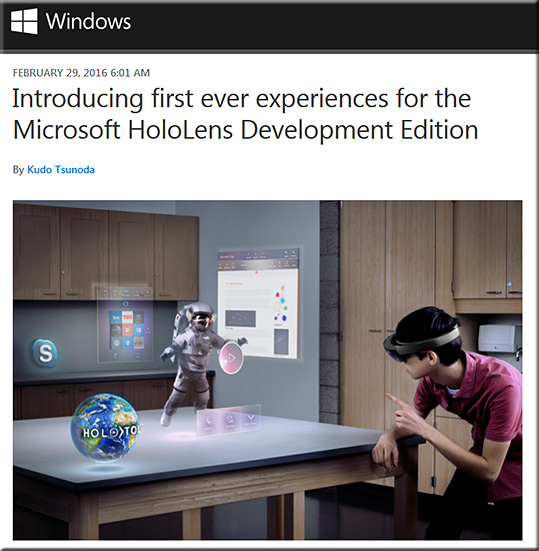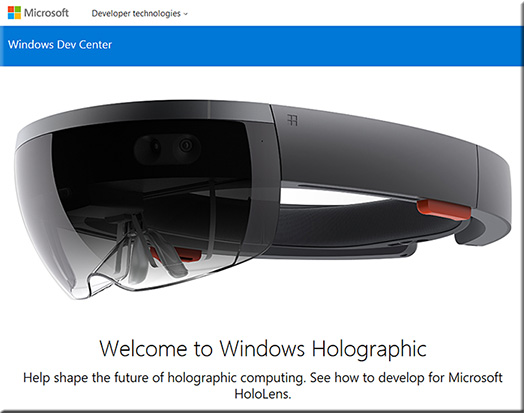CES 2017: Key trends — from jwtintelligence.com by Sheperd Laughlin
Excerpt:
Fifty years since the inception of CES, “consumer electronics” doesn’t begin to describe the full scope of the event.
“It’s no longer a technology show; it’s a connected life show and an advertising and media show,” said Shawn DuBravac of CTA, the trade organization that organizes CES. And it changes quickly: three years ago, he said, 20% of this year’s exhibitors didn’t exist.
This year, among big tech companies Amazon was the clear winner—though Amazon itself kept a low profile, letting others announce a multitude of new uses for Alexa, its virtual assistant.
Electric and self-driving cars were everywhere. Taking a page from Apple and Microsoft, which pulled out of CES years ago, Tesla sat out the conference as rival auto makers tried to mount convincing challenges to its dominance of the electric car market.
What about exciting new “gadgets”? Farhad Manjoo of the New York Times declared them “gone” in December, killed by the iPhone and cheap knockoffs. Category-changing devices were in short supply at the show, and Alexa, this year’s most talked-about product, was actually an invisible service.
But there were signs that Internet of Things products that had once been isolated were talking to each other in interesting new ways. And devices aimed at specific needs and populations—from new mothers to vacationers to the disabled—showed that gadgets might not be done for just yet.
Addendum:
- Tech Stock Roundup: AR/VR and Self Driving Cars Dominate CES — from zacks.com by Sejuti Banerjea
Excerpt:
As most of us were expecting, the show was dominated by virtual/augmented reality (VR/AR) and self driving cars, two areas where new technology was showcased and important collaborations announced. Some other developments involved Amazon’s Alexa, 5G technology from Intel and Qualcomm and robots from Panasonic and Honda.









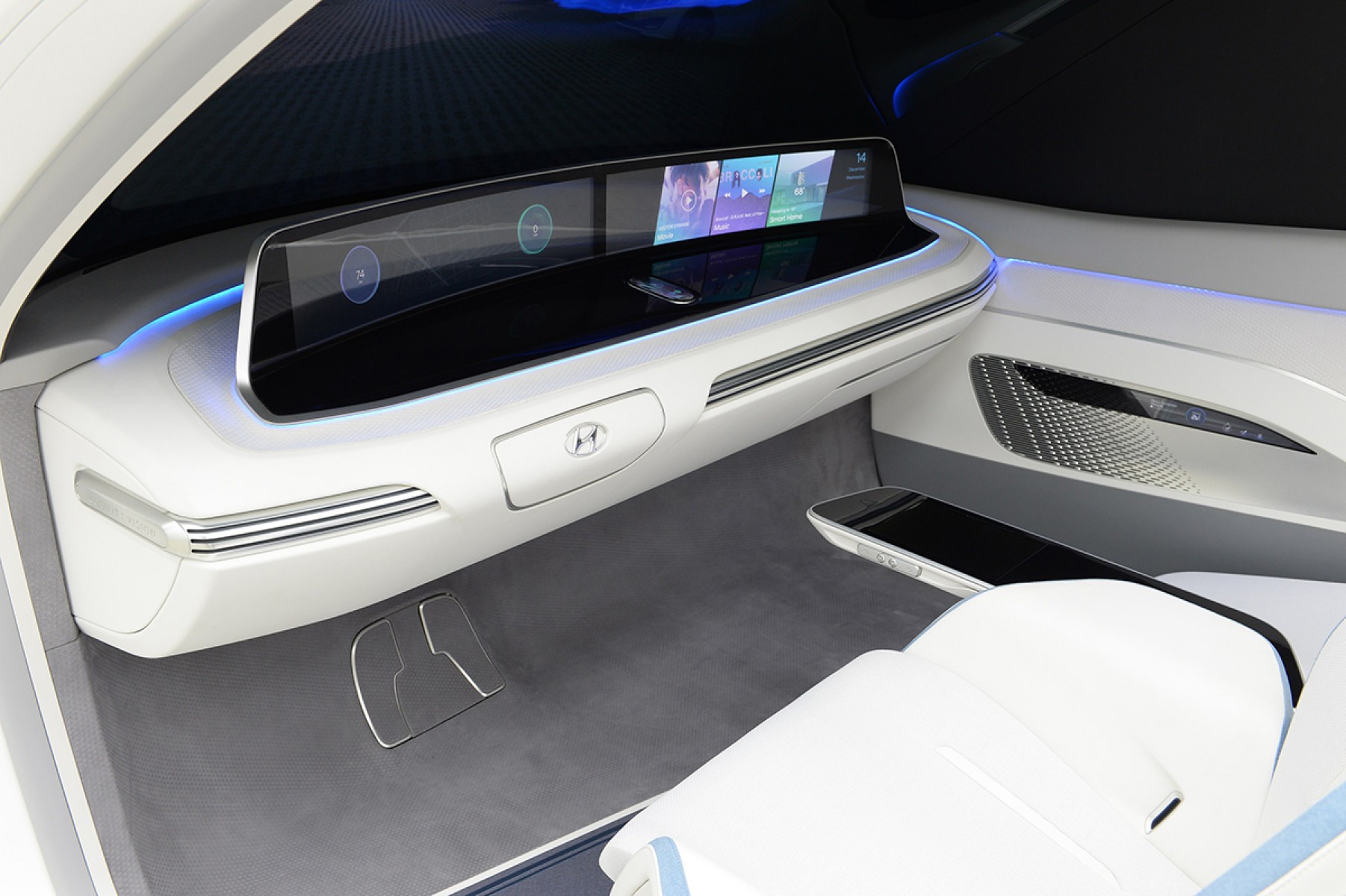
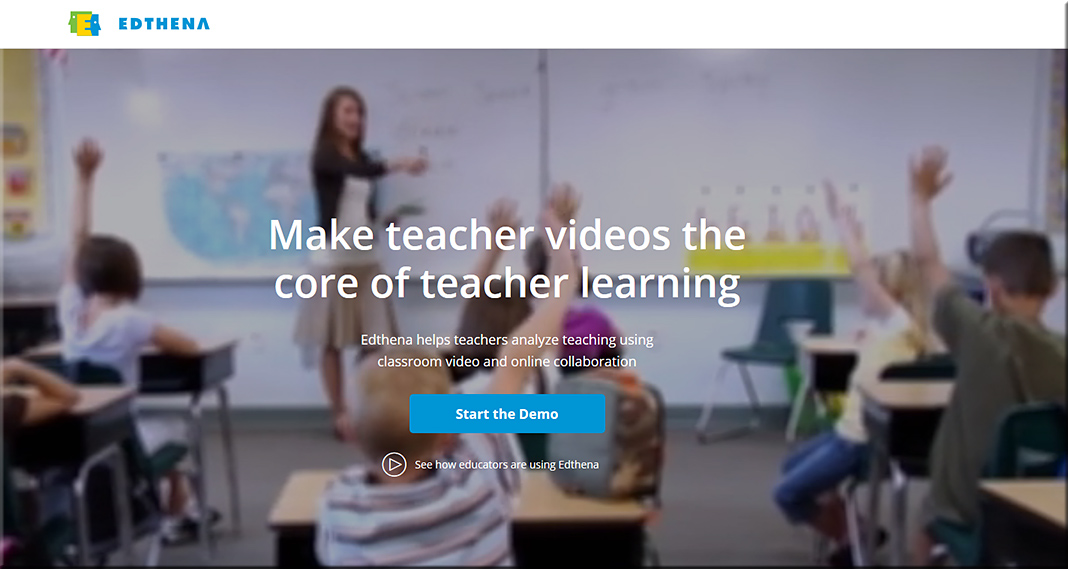
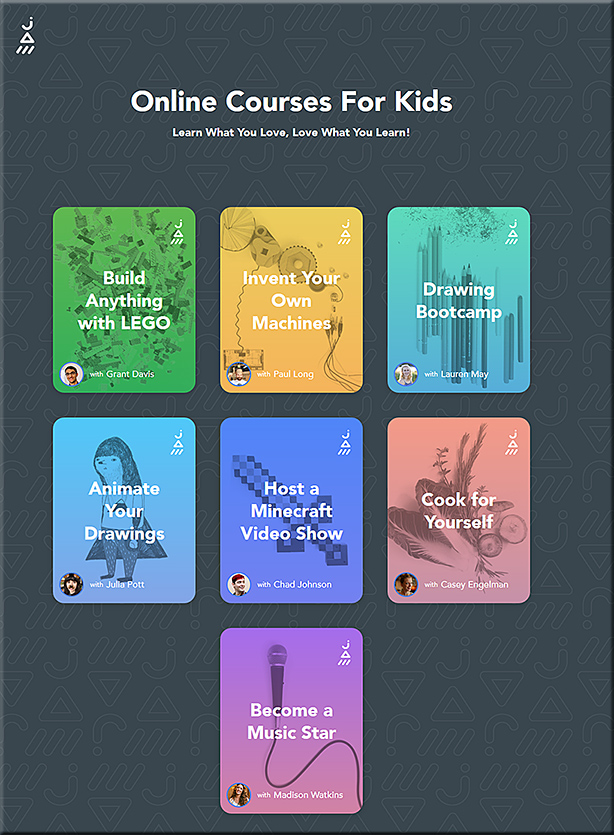
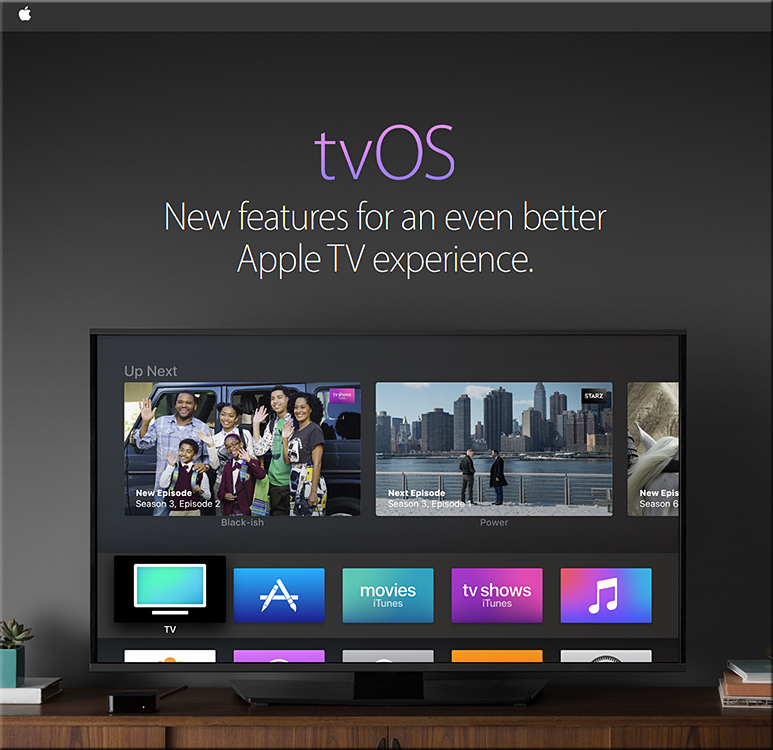
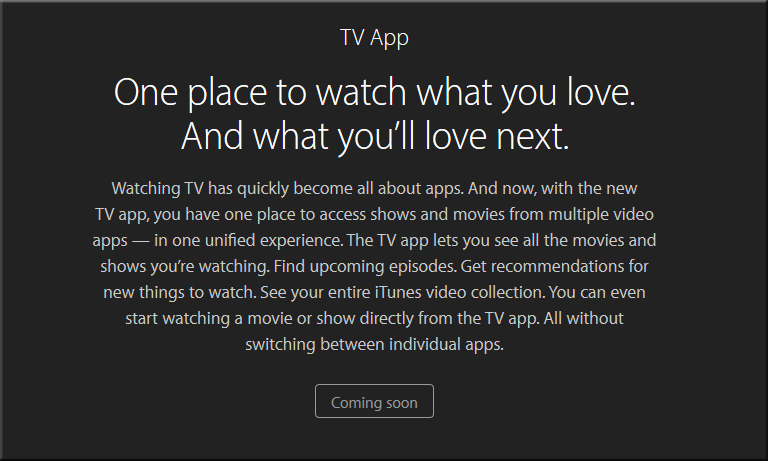
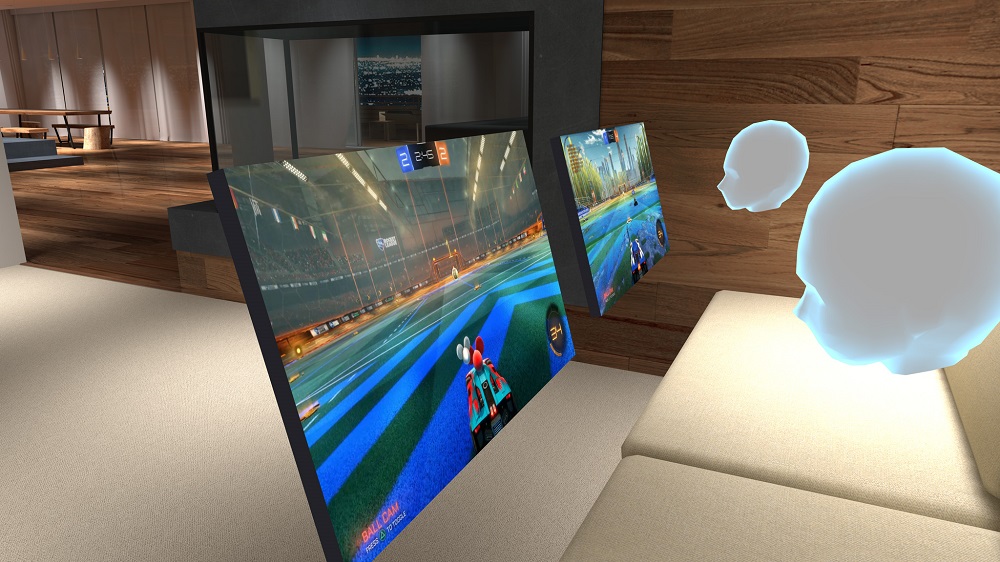
![The Living [Class] Room -- by Daniel Christian -- July 2012 -- a second device used in conjunction with a Smart/Connected TV](http://danielschristian.com/learning-ecosystems/wp-content/uploads/2012/07/The-Living-Class-Room-Daniel-S-Christian-July-2012.jpg)




